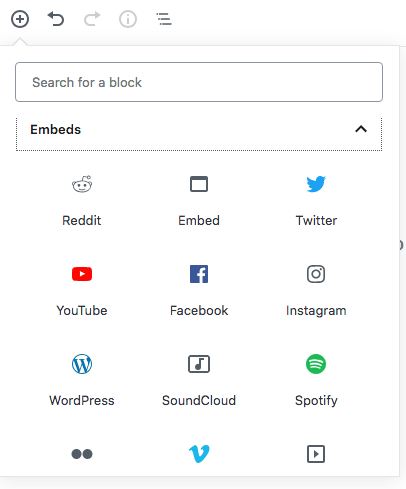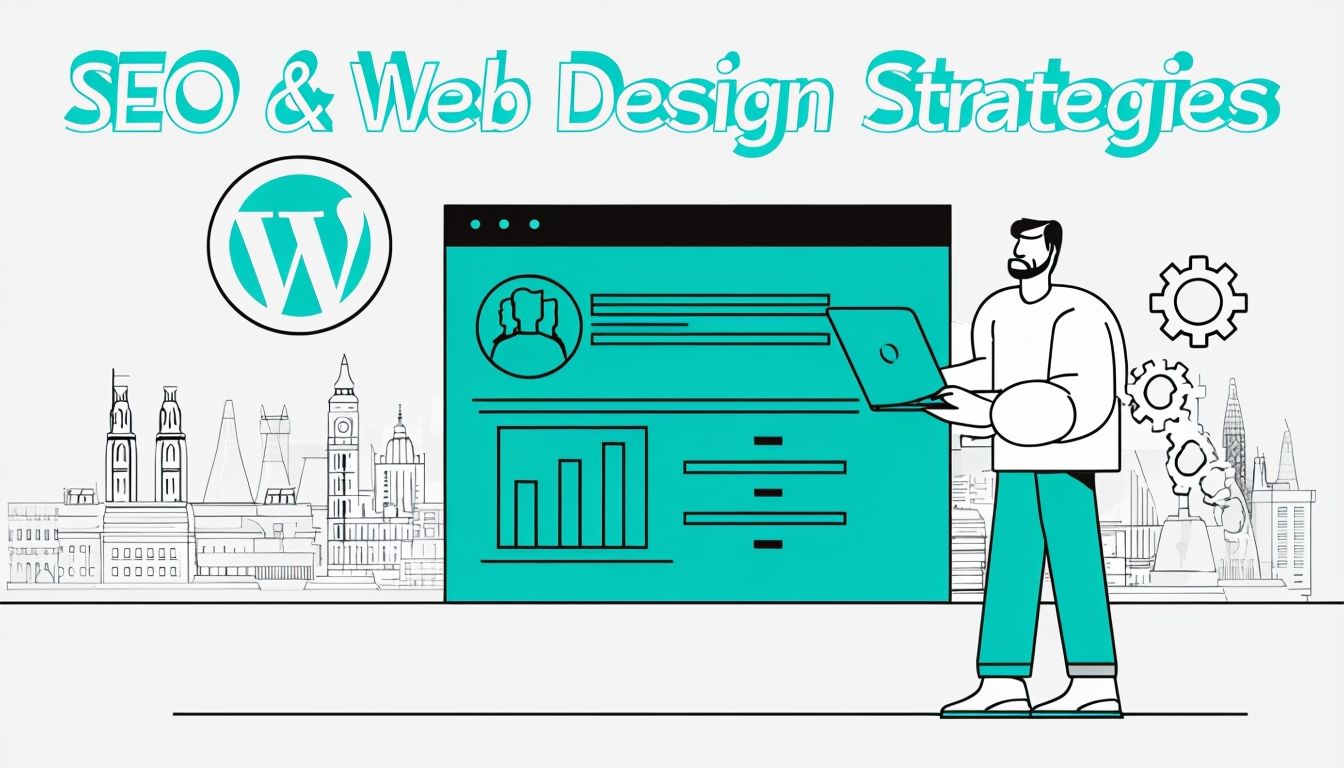WordPress, once synonymous with blogging, has undergone a remarkable transformation. Originally launched in 2003 as a blogging platform, it has since evolved into a versatile and robust content management system (CMS). However, the evolution of WordPress didn’t stop there. In recent years, developers and businesses have recognized the true potential of WordPress as a platform for building web applications. In this article, we’ll explore the journey of WordPress from its humble beginnings to its current status as a powerful foundation for developing web applications.

The Blogging Roots of WordPress
WordPress began as a simple and user-friendly blogging platform, allowing individuals to create and manage their blogs without technical expertise. Its user-friendly interface and customizable templates soon attracted a vast community of bloggers worldwide. WordPress quickly outpaced other blogging platforms as its popularity grew due to its intuitive design and extensive plugin support.
Introduction of Themes and Plugins
One of the defining moments in WordPress’s evolution was the introduction of themes and plugins. Themes enabled users to customize the appearance of their websites, while plugins extended functionality, making it possible to add complex features without coding. This adaptability attracted website owners beyond blogging, showcasing the potential of WordPress as a versatile CMS.
Transition to a Full-Fledged CMS
Recognizing the increasing demand for a more flexible solution, WordPress underwent significant updates to transition from a blogging platform to a full-fledged CMS. The introduction of custom post types, custom taxonomies, and the ability to create different types of content expanded its scope beyond traditional blogging, empowering users to create diverse websites such as portfolios, e-commerce platforms, and more.
The Advent of RESTful APIs
With the rise of web applications and the need for interconnected systems, WordPress adopted RESTful APIs. REST APIs allowed developers to interact with WordPress from external applications, enabling seamless integration with mobile apps, third-party services, and other websites. This shift proved crucial in transforming WordPress into a backend engine for web applications.
Headless WordPress and Decoupling
Headless WordPress is a game-changer in the world of web applications. By decoupling the front end from the backend, developers can use WordPress solely as a content management system, while utilizing modern JavaScript frameworks like React or Angular to build the user interface. This approach combines the power of WordPress’s content management with the flexibility of a progressive web application, resulting in faster and more engaging websites.

Gutenberg Editor and Block-Based Approach
Another milestone in the evolution of WordPress is the introduction of the Gutenberg editor, which replaced the traditional post and page editor. Gutenberg brought a block-based approach to content creation, allowing users to add various content elements like images, videos, and other components in modular blocks. This enhancement simplified the process of creating dynamic web pages, further strengthening WordPress’s capabilities as a web application platform.
The Rise of E-Commerce with WooCommerce
WooCommerce, an open-source e-commerce plugin for WordPress, has become the driving force behind thousands of online stores. Seamlessly integrated with WordPress, WooCommerce offers a user-friendly and highly customizable e-commerce solution. The combination of WordPress and WooCommerce has facilitated the creation of powerful, feature-rich online stores, making it an attractive platform for businesses.
Scalability and Performance Improvements
As WordPress evolved to accommodate web applications, developers recognized the importance of scalability and performance enhancements. Several techniques, such as caching, content delivery networks (CDNs), and optimized hosting solutions, were adopted to ensure fast loading times and robust performance for web applications built on WordPress.
The evolution of WordPress from a simple blogging platform to a versatile web application powerhouse has been remarkable. WordPress has become a preferred choice for building web applications across industries with its vast array of themes, plugins, RESTful APIs, headless architecture, and the Gutenberg editor. Its scalability, flexibility, and user-friendly interface have made it accessible to developers and business owners alike, fostering a thriving ecosystem of web applications powered by WordPress. As technology advances, it’s evident that WordPress will continue to adapt and innovate, solidifying its position as a leading platform for web application development.



